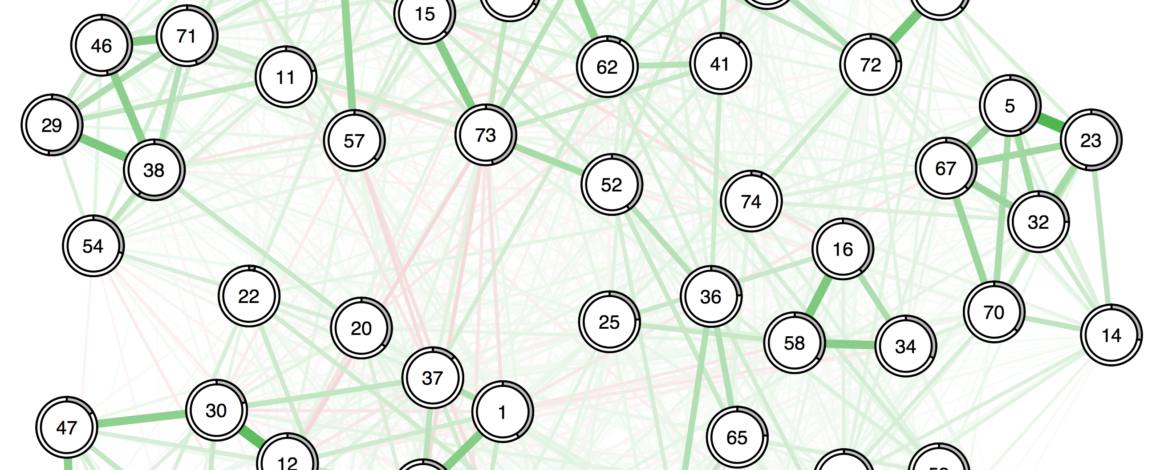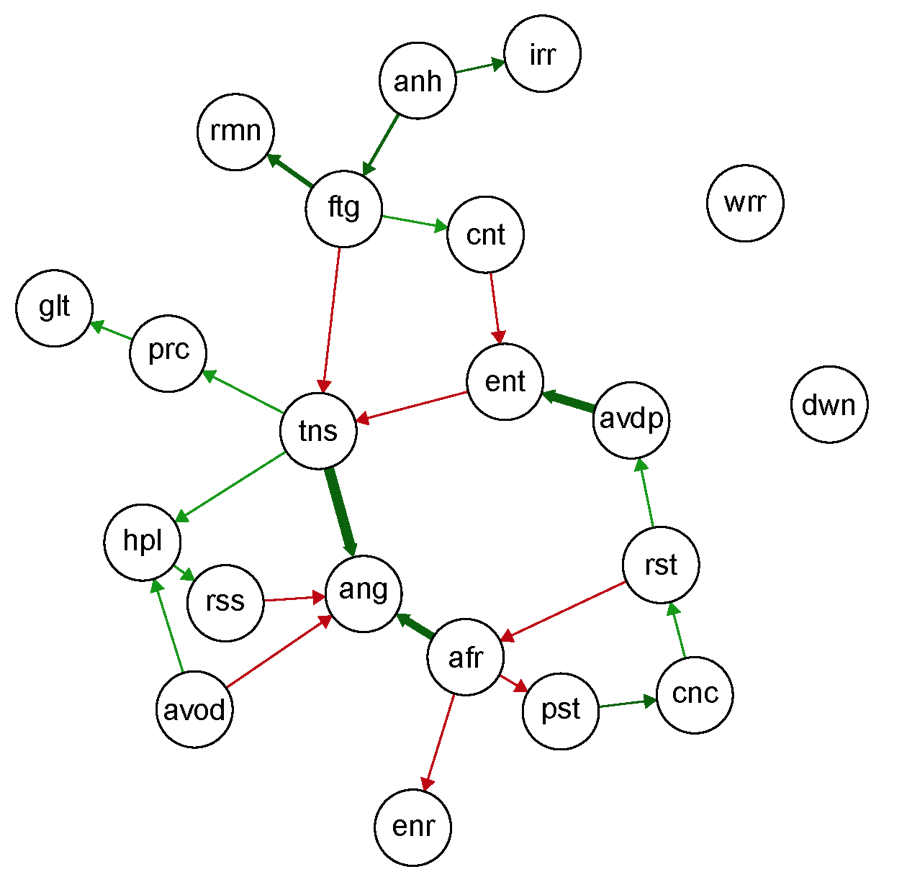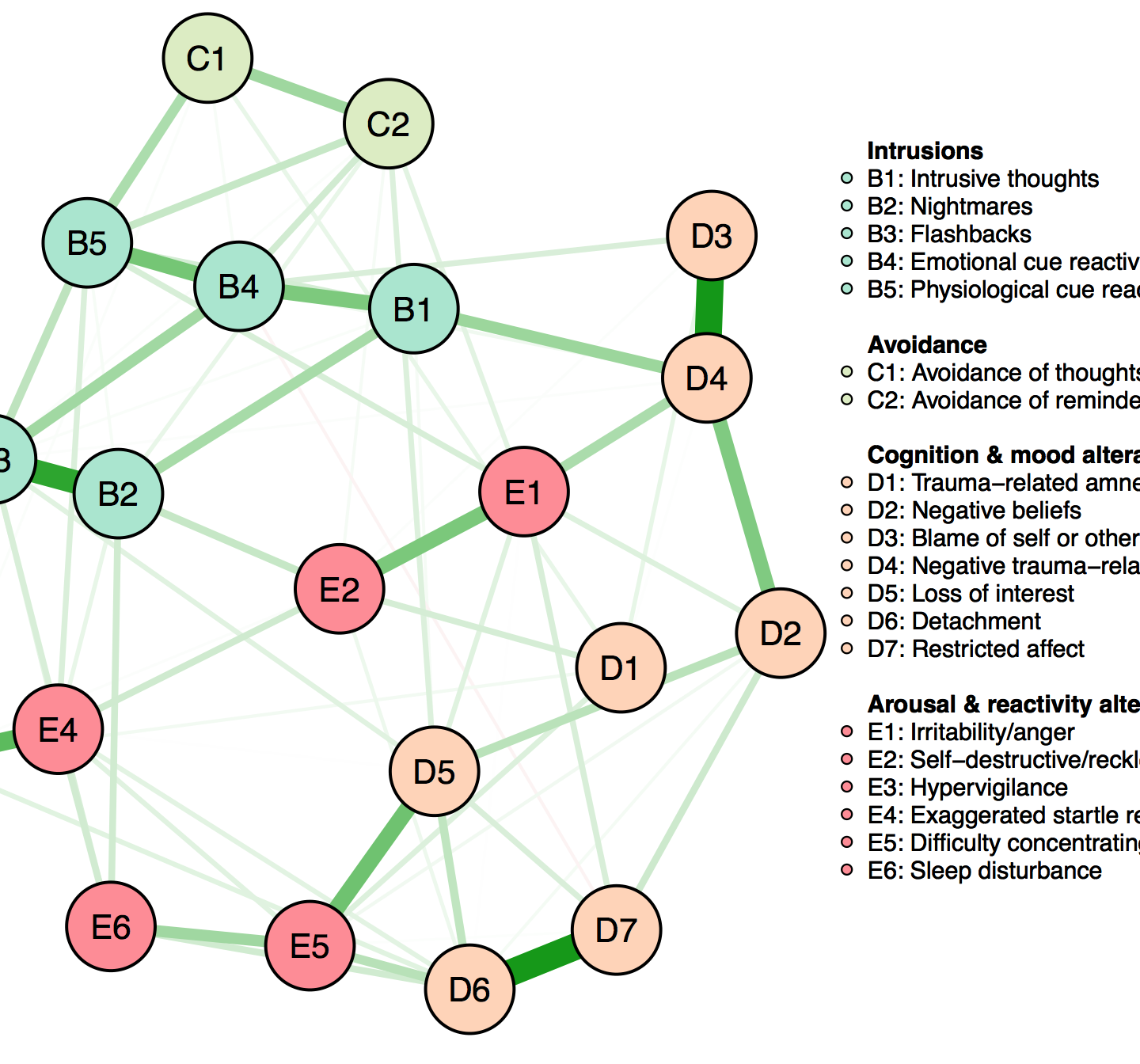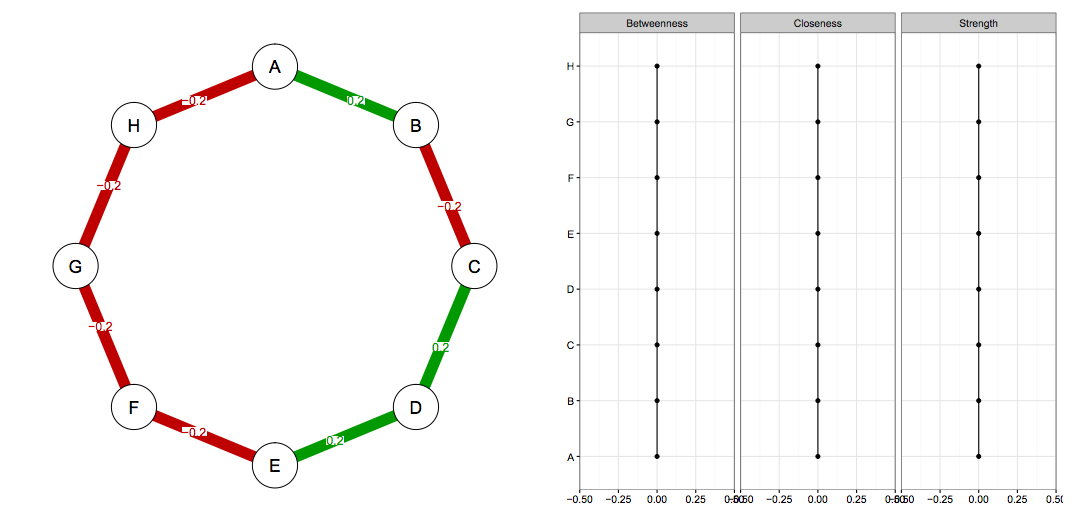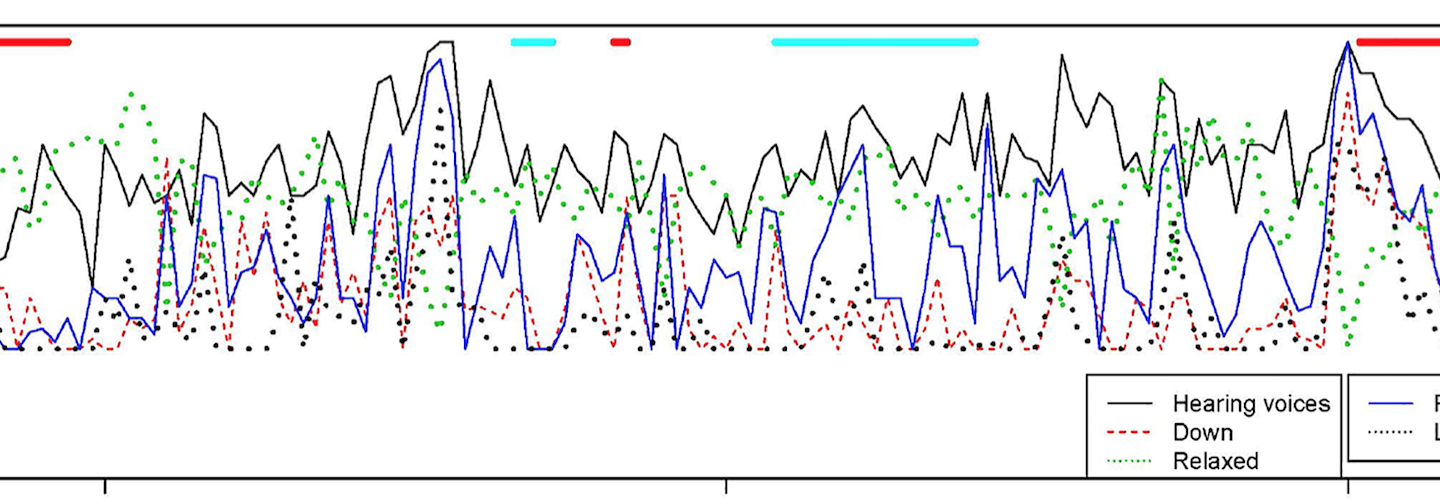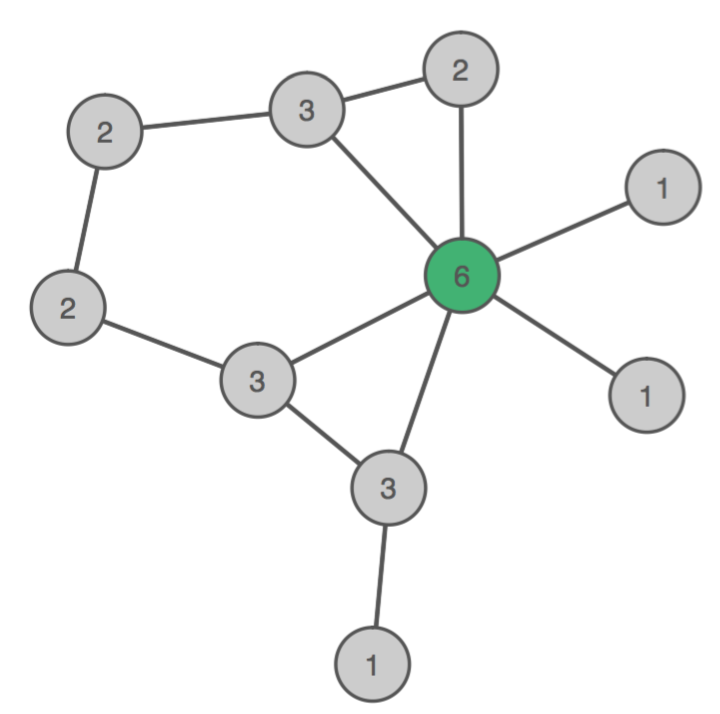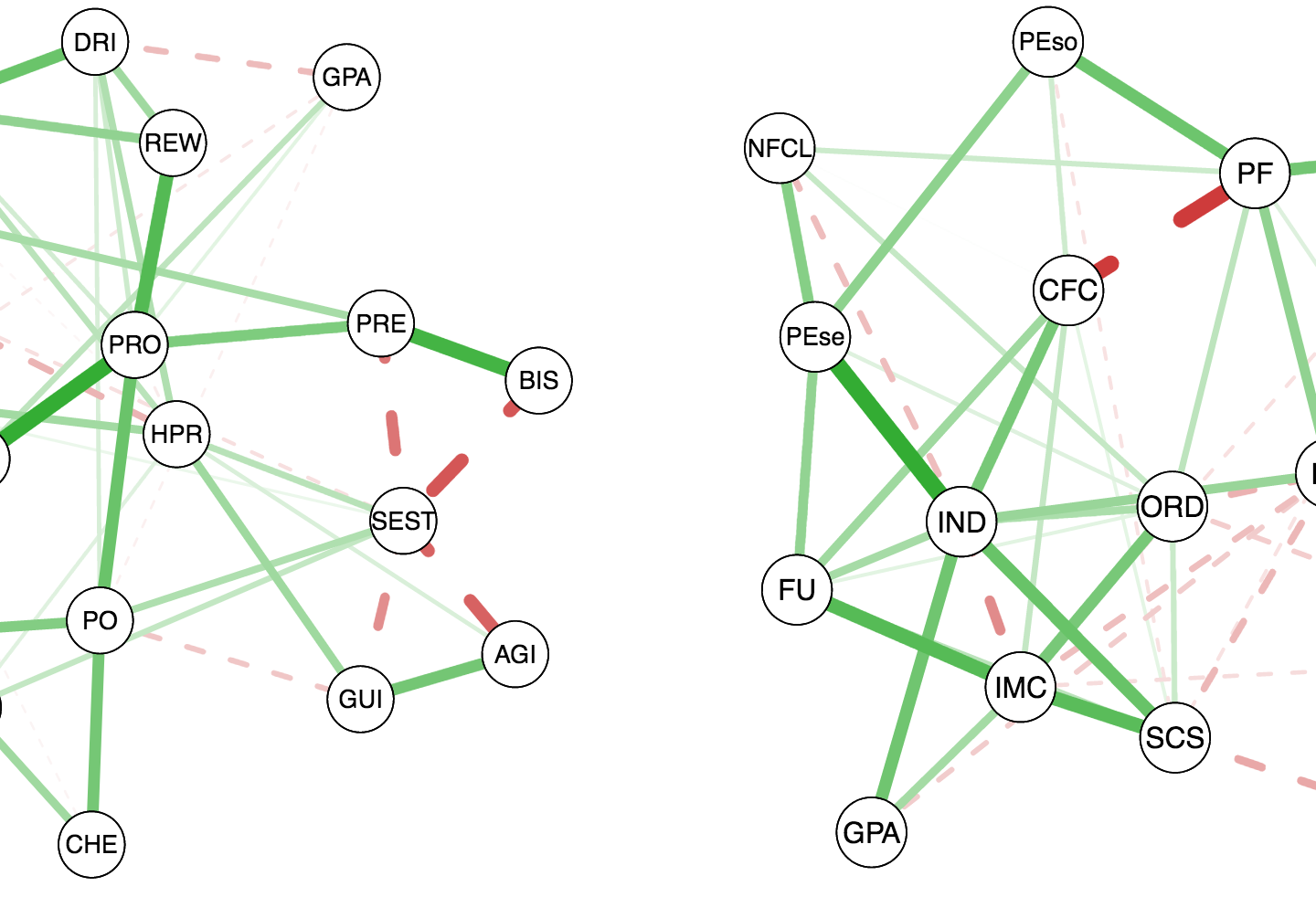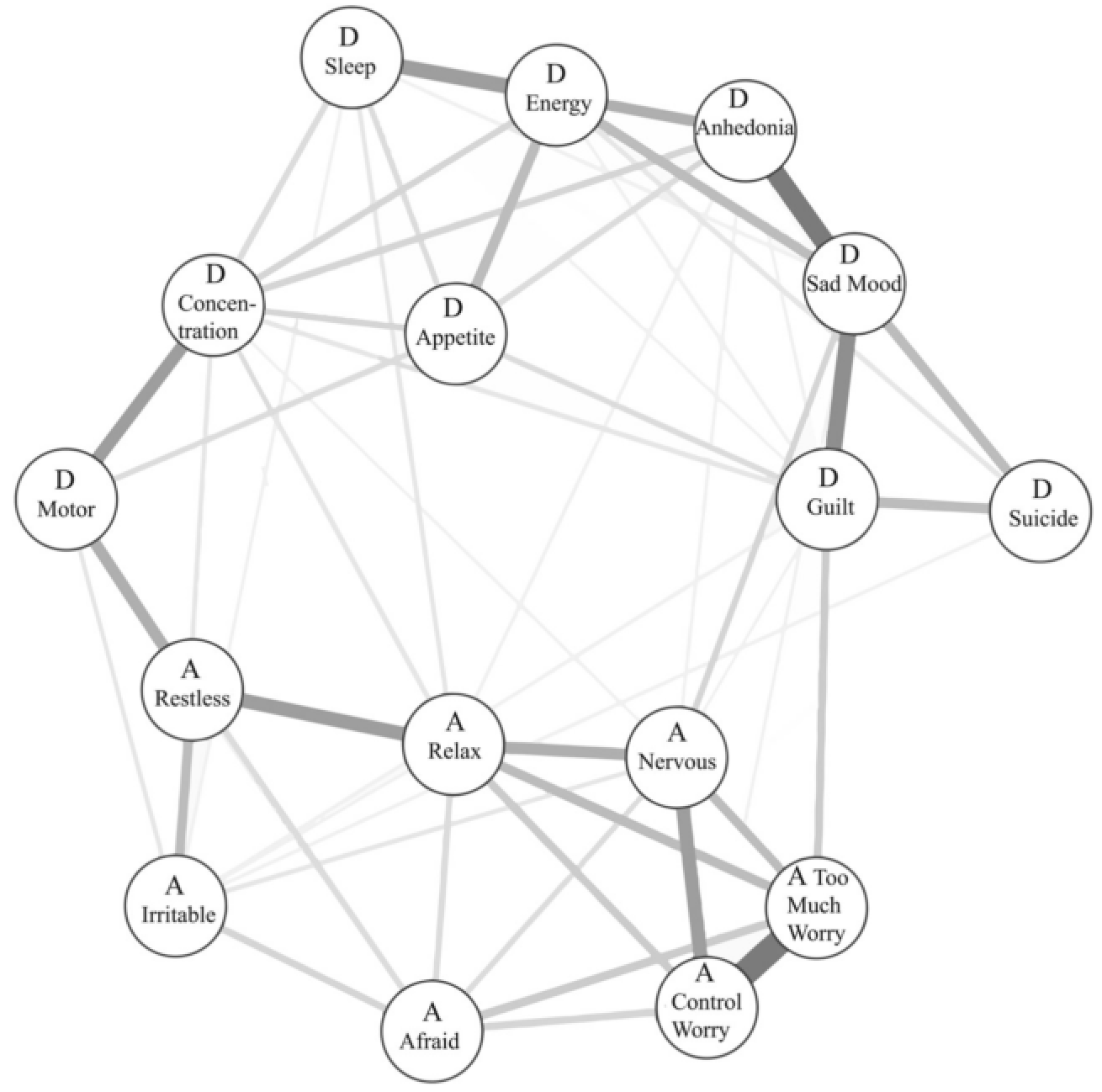Public time-series data of 40 outpatients (21 items, 130 measurements)
This guest post was written by Aaron Fisher (afisher@berkeley.edu) who is an Assistant Professor of Psychology and the Director of the Idiographic Dynamics Lab at the University of California, Berkeley. Aaron argues for a shift from nomothetic to idiographic research, and describes a new dataset he made publicly available for …
